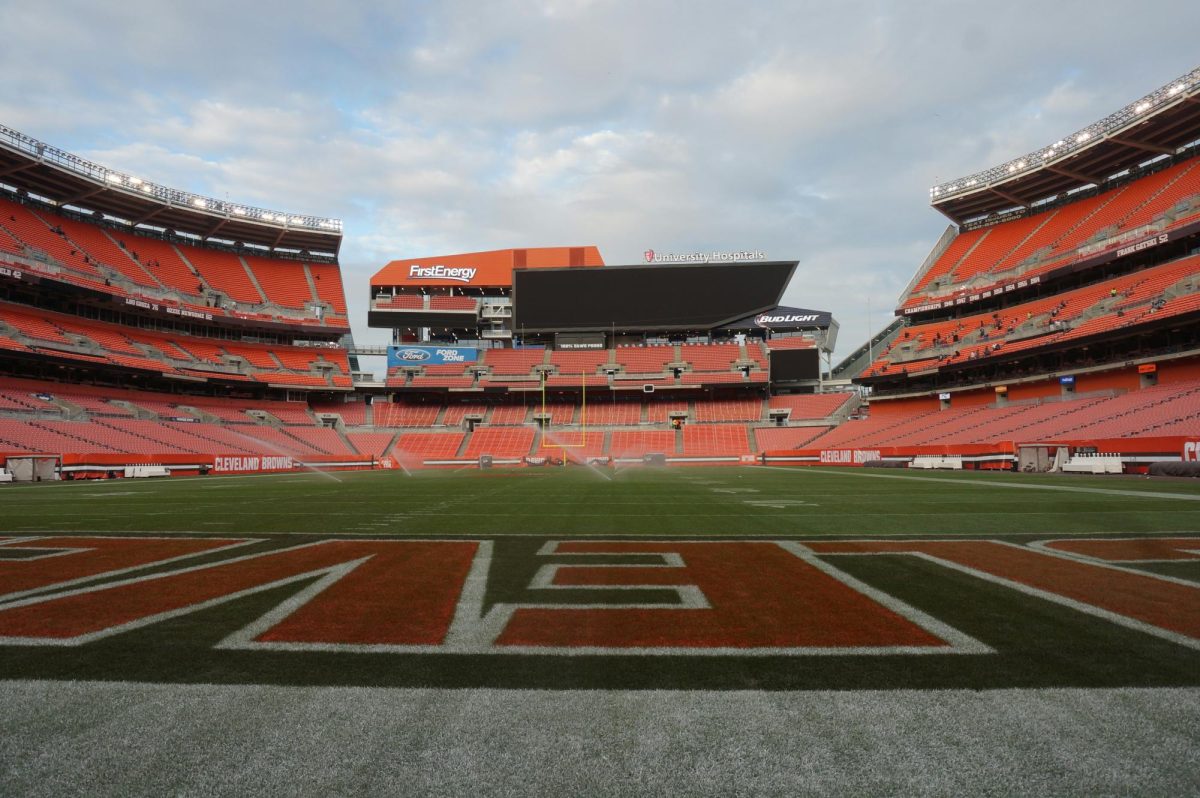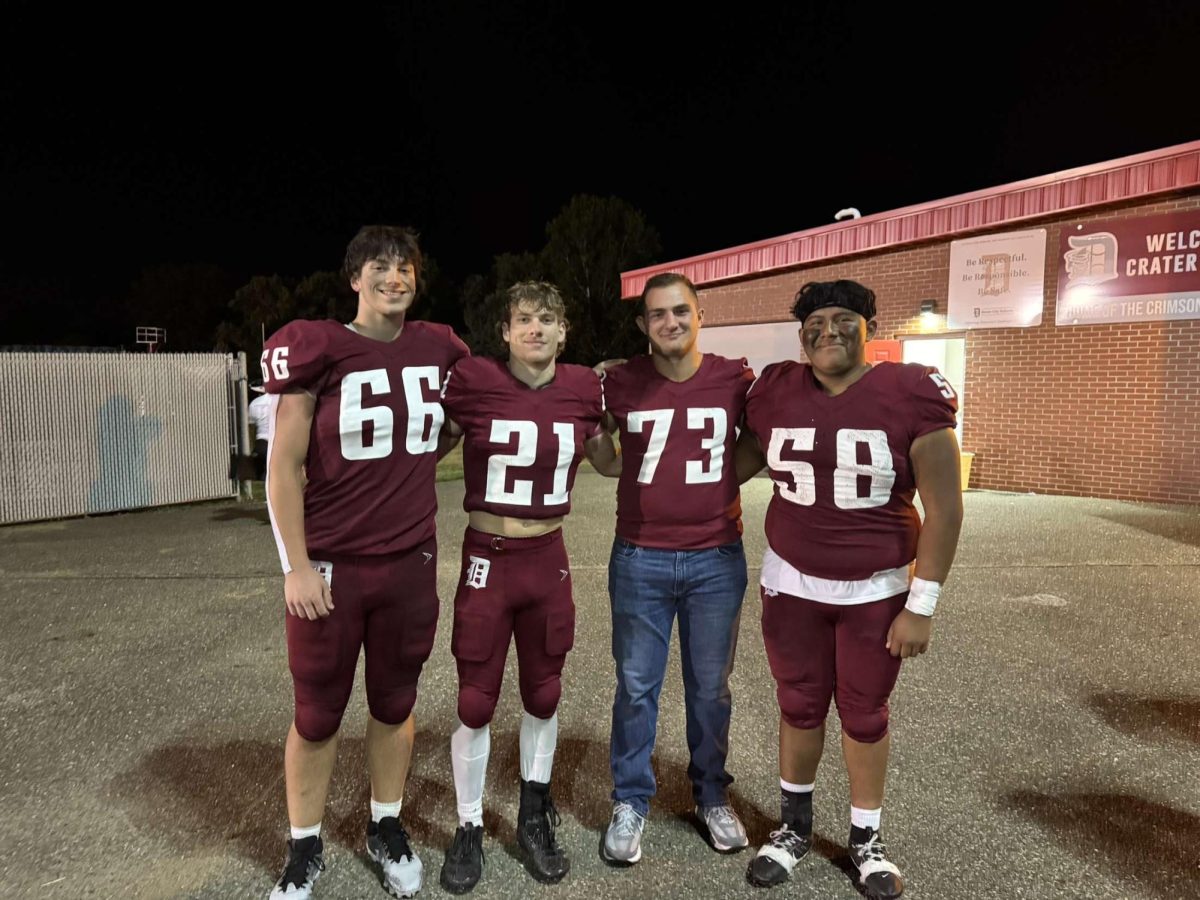Before deciding on your “dream” college, it is important to understand the pros and cons of going to a smaller university versus a larger university. Furthermore, you won’t know what campus is the best fit for you until you schedule a college visit, decide what major you are pursuing, and decide how far away from home you want to go. In any case, there are many positives and negatives to bigger and smaller colleges, and only you can decide which one is the best for you.
Beginning with smaller colleges, the biggest positive for many is the smaller class size because it provides students with a more personalized learning experience. This can also help to establish a deeper bond between the teachers and students. If you like getting to see your friends on a daily basis, it is likely that you will get to accomplish this by being on such a small campus. This can be beneficial if you are more reserved. Furthermore, smaller colleges supply a closer community feel, which can be similar to your hometown if you attended a smaller high school, like Dover.
While small colleges have many advantages, they lack resources for research facilities, whereas bigger colleges have an abundance of resources. This may not make a difference to an education major, but for a science major, it may be best to attend a larger university. With exceptions, oftentimes, there are not many large sporting events at smaller universities. Smaller colleges are often D2 and D3 levels, so they do not have the athletic funds that a large D1 school has. As an athlete, smaller schools cannot give the scholarships that a larger one can.
If you think that a smaller college is the best fit for you and you plan to attend college in Ohio, you should consider these colleges: Ashland University, College of Wooster, Muskingum University, Marietta College, University of Mount Union, Denison University, Oberlin College, Kenyon College, John Carroll University, Ohio Wesleyan University, Ohio Northern University, Baldwin Wallace University, Hiram College, and many more!
What does a larger college offer that a smaller does not? It offers much more opportunities academically and athletically. As said above, in a disadvantage for smaller colleges, bigger colleges provide more resources for research facilities. Athletically, large colleges provide the biggest opportunities for athletes looking to gain scholarships. Non-athletes also enjoy athletics because the events are bigger and a lot of students attend these games.
A large school is not the best fit for all students. For instance, due to the high classroom sizes, if one is not used to not having a personalized learning environment, then they most likely will begin to struggle. In addition to this, when being in a class of 200 students for example, it is difficult to receive personal help and build relationships with your professors. Personally, I would not succeed in a class where there is no personalized learning and my professor doesn’t even know my name. However, some people succeed in this environment and actually do better. It is all based on preference.
If you are convinced that a large public university is the way to go and you are attending college in Ohio, check out these colleges: The Ohio State University, Miami University, University of Cincinnati, Ohio University, Bowling Green State University, Kent State University, University of Toledo, Cleveland State University, University of Dayton, Xavier University, and many more!
Ultimately, you have to pick the college that you feel that you will succeed and be the happiest in for the next four years of your life.














